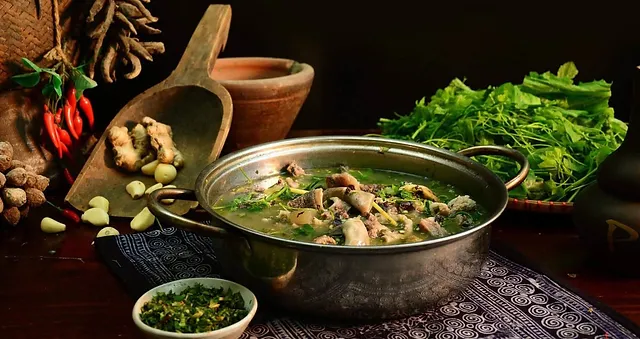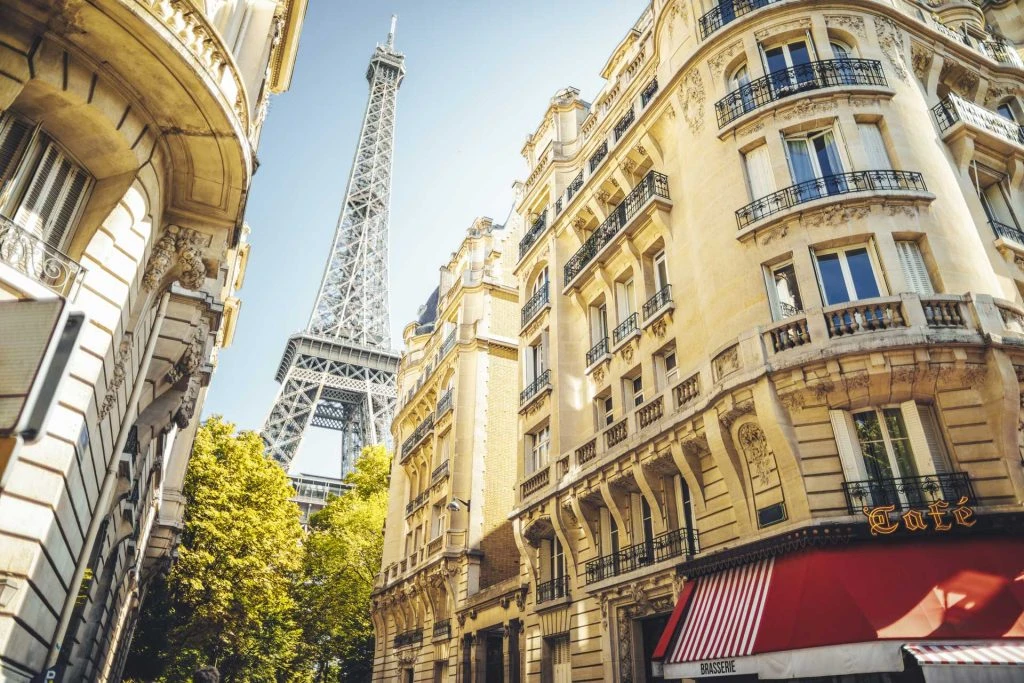Sapa Travel Guide
- Travel Guide
- November 11, 2024
- Destination
- By Admin
Nestled in the misty mountains of northern Vietnam, Sapa is a captivating destination that offers breathtaking landscapes, rich cultural experiences, and a refreshing escape from the hustle and bustle of urban life. Known for its terraced rice fields, ethnic minority communities, and towering peaks, Sapa is a must-visit for travelers seeking both adventure and tranquility. This detailed travel guide will provide you with everything you need to know to plan an unforgettable journey to Sapa.
Nestled in the misty mountains of northern Vietnam, Sapa is a captivating destination that offers breathtaking landscapes, rich cultural experiences, and a refreshing escape from the hustle and bustle of urban life. Known for its terraced rice fields, ethnic minority communities, and towering peaks, Sapa is a must-visit for travelers seeking both adventure and tranquility. This detailed travel guide will provide you with everything you need to know to plan an unforgettable journey to Sapa.
Sapa is located in Lao Cai Province, near the border with China, and is about 315 kilometers northwest of Hanoi. This charming town sits at an elevation of 1,500 meters above sea level, surrounded by the Hoang Lien Son mountain range, including the towering Fansipan Peak, known as the "Roof of Indochina." Sapa is famous for its cool climate, dramatic landscapes, and the vibrant cultures of its ethnic minority groups, such as the Hmong, Dao, Tay, and Giay.
1.Highlights
Sapa is a treasure trove of natural beauty and cultural experiences. Here are some of the must-visit attractions in and around Sapa:
Fansipan Mountain: Standing at 3,143 meters, Fansipan is the highest peak in Vietnam and the Indochina Peninsula. Known as the "Roof of Indochina," Fansipan is a popular destination for trekkers and adventure seekers. The trek to the summit can be challenging, but the reward is a panoramic view of the surrounding mountains and valleys.

Muong Hoa Valley: Muong Hoa Valley is famous for its terraced rice fields that cascade down the mountainsides, creating a stunning patchwork of green and gold. The valley is also home to several ethnic minority villages, including Lao Chai, Ta Van, and Y Linh Ho. A trek through Muong Hoa Valley offers a glimpse into the daily lives of the local people, as well as opportunities to experience traditional culture and hospitality.

Cat Cat Village: Located just 2 kilometers from Sapa town, Cat Cat Village is one of the most accessible and popular ethnic minority villages in the area. The village is home to the Black Hmong people, who are known for their traditional clothing and handicrafts. Visitors can explore the village's narrow, winding paths, visit local homes and workshops, and learn about traditional Hmong customs and practices. The village is also home to a picturesque waterfall, where you can relax and enjoy the serene surroundings.

Ta Phin Village: Ta Phin is another ethnic minority village, located about 12 kilometers from Sapa town. This village is inhabited by the Red Dao and Black Hmong people, each with their own unique customs and traditions. Ta Phin is famous for its traditional herbal baths, which are said to have healing properties. A visit to Ta Phin offers a chance to learn about the traditional medicine and textile crafts of the Red Dao people, as well as to explore the scenic countryside.

Silver Waterfall (Thac Bac): Located about 12 kilometers from Sapa, Silver Waterfall is one of the highest waterfalls in the region, cascading down from a height of 200 meters. The waterfall is surrounded by lush forest, and the sound of the water crashing against the rocks creates a soothing and invigorating atmosphere. Visitors can climb a series of steps to reach a viewpoint that offers a panoramic view of the waterfall and the surrounding mountains.

Ham Rong Mountain: Situated right in the heart of Sapa town, Ham Rong Mountain is a popular spot for those looking for a quick escape into nature. The mountain is home to a beautifully landscaped garden filled with a variety of flowers and plants, as well as a series of walking paths that lead to several viewpoints. From the summit of Ham Rong, you can enjoy a panoramic view of Sapa town and the surrounding mountains, making it a great spot for photography.

2. Culinary Delights: What to Eat in Sapa
Sapa's cuisine is a reflection of its diverse cultural heritage and the natural abundance of the region. Here are some must-try dishes and local specialties:
Thang Co: Thang Co is a traditional soup of the Hmong people, made with horse meat, organs, and a variety of herbs and spices

Com Lam (Bamboo Rice): Com Lam is a simple yet flavorful dish made from glutinous rice cooked inside bamboo tubes. The rice is soaked in water and then placed inside the bamboo, which is roasted over an open fire.
.webp)
Salmon Hotpot (Lau Ca Hoi): Salmon hotpot, or Lau Ca Hoi, is a local specialty that showcases this fresh ingredient. The dish features tender slices of salmon cooked in a rich, flavorful broth with an assortment of vegetables, mushrooms, and herbs.
.webp)
Sapa is a destination that enchants visitors with its stunning natural beauty, rich cultural heritage, and welcoming atmosphere. From trekking through lush valleys and scaling the heights of Fansipan to experiencing the vibrant local culture and savoring delicious regional cuisine, Sapa offers a diverse range of experiences that cater to all types of travelers.
Don't miss out
Stay up-to-date with our special offers














